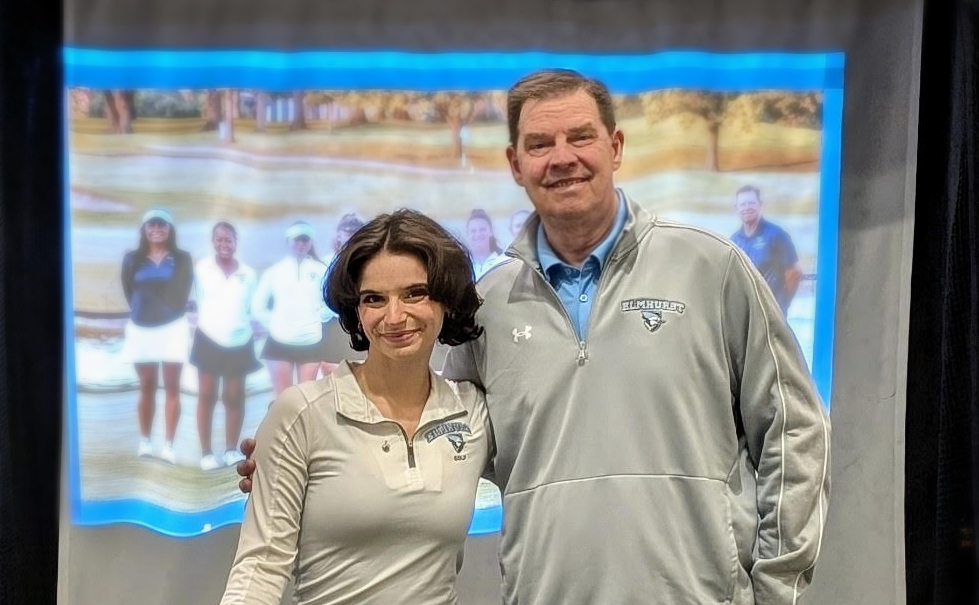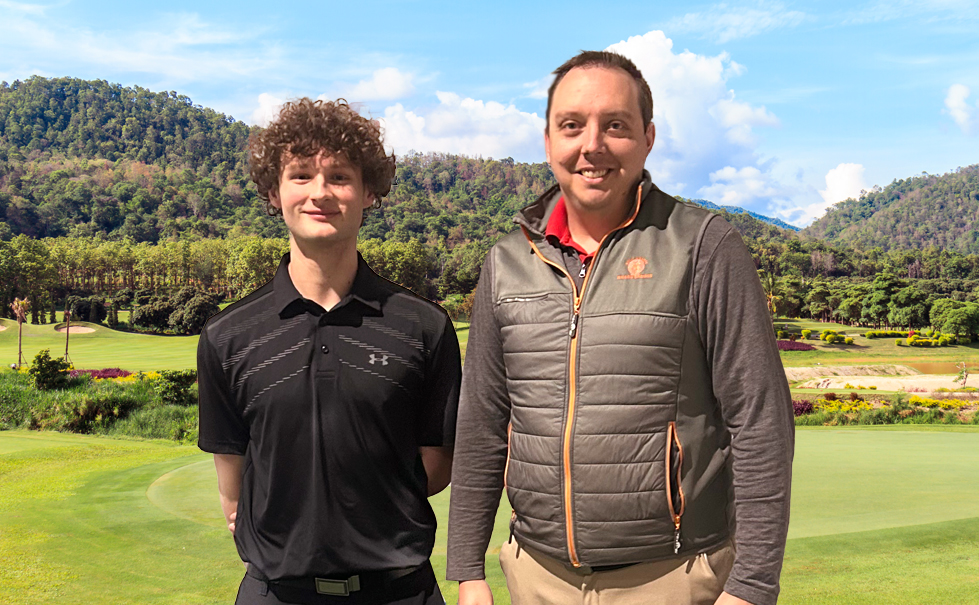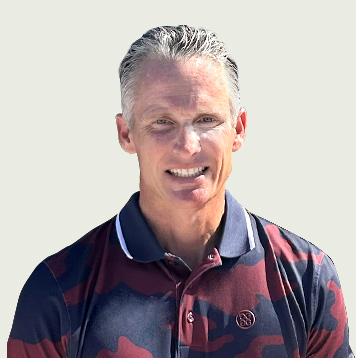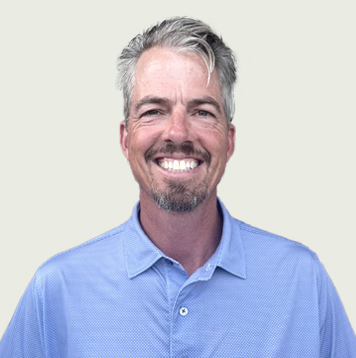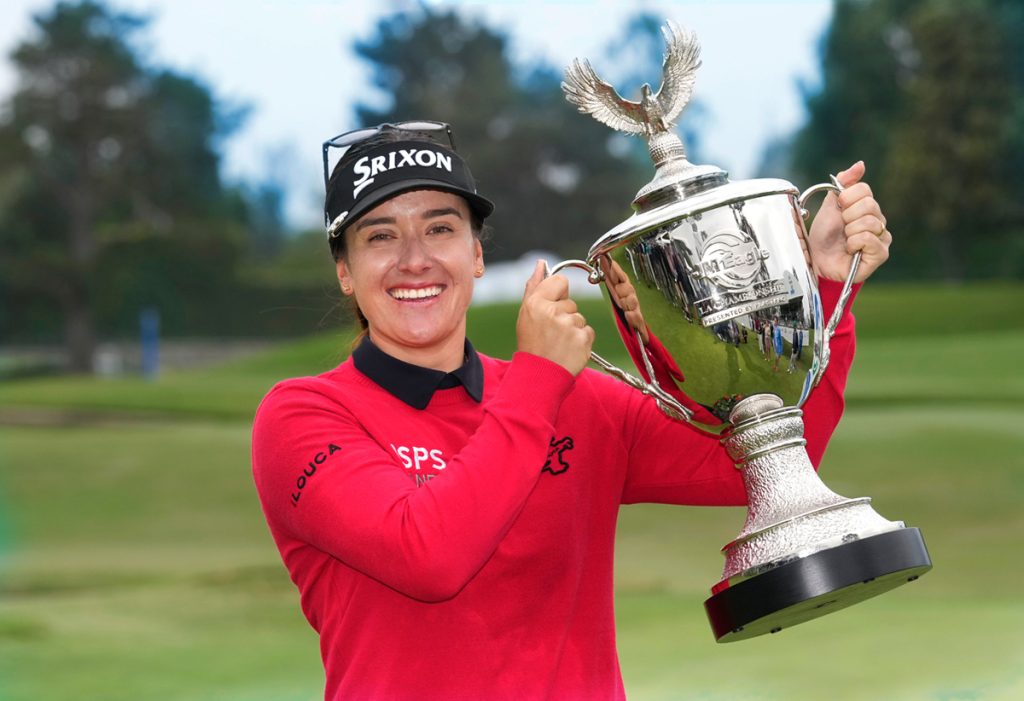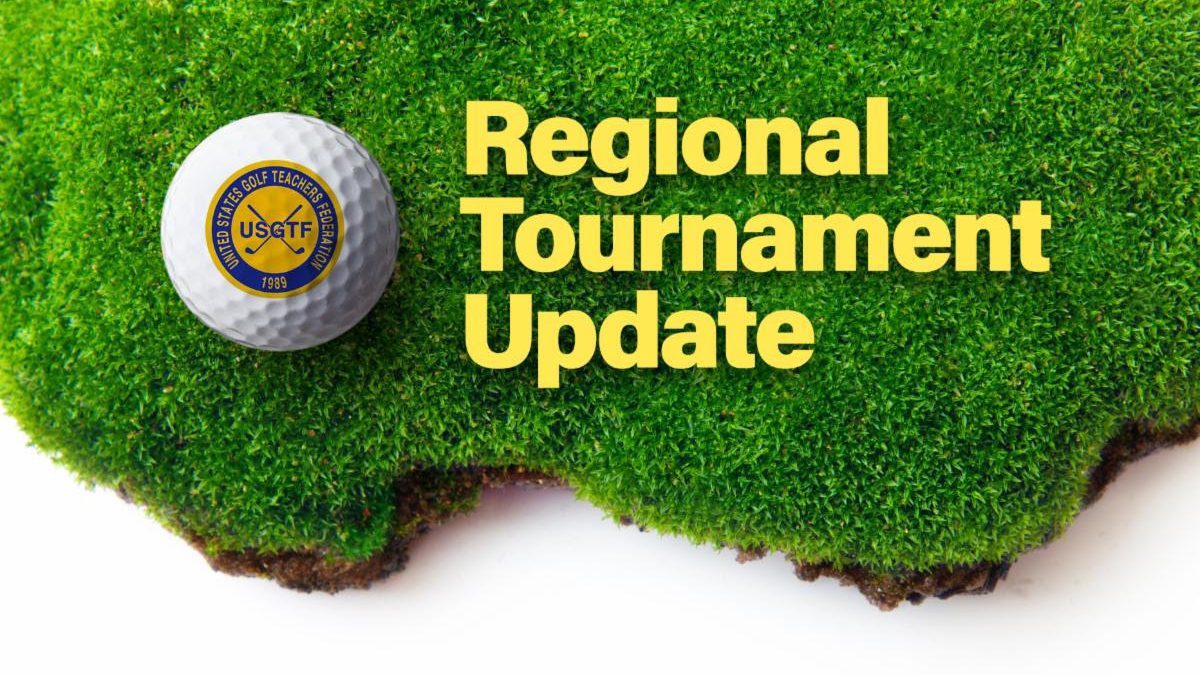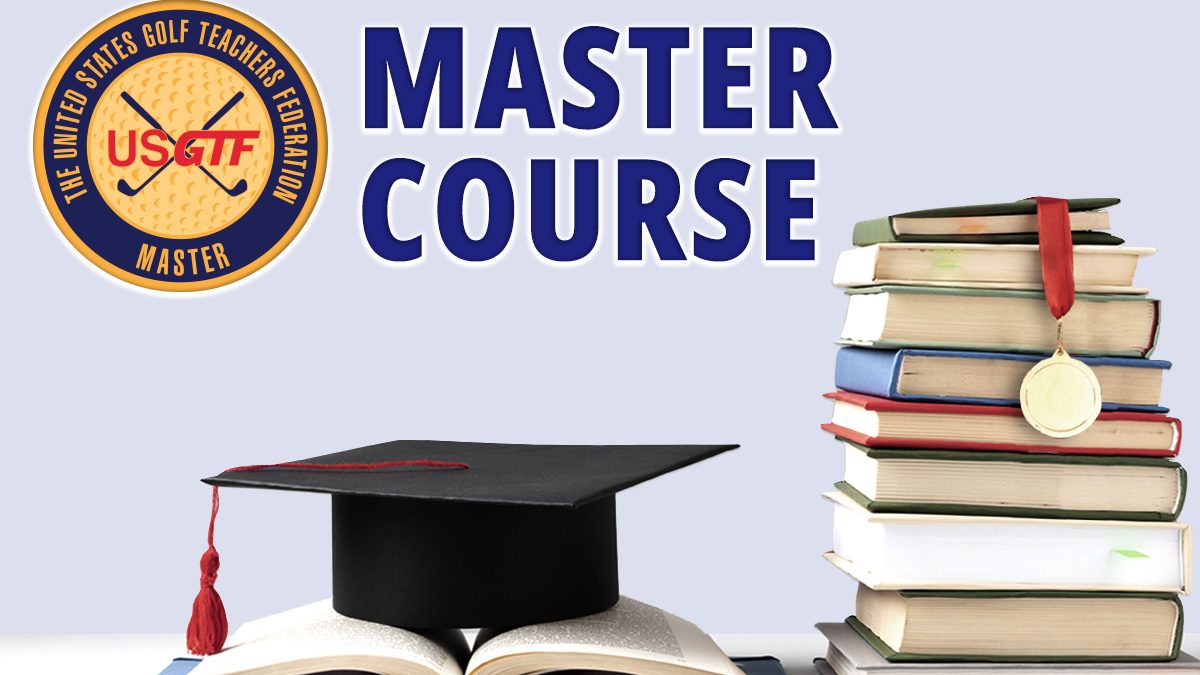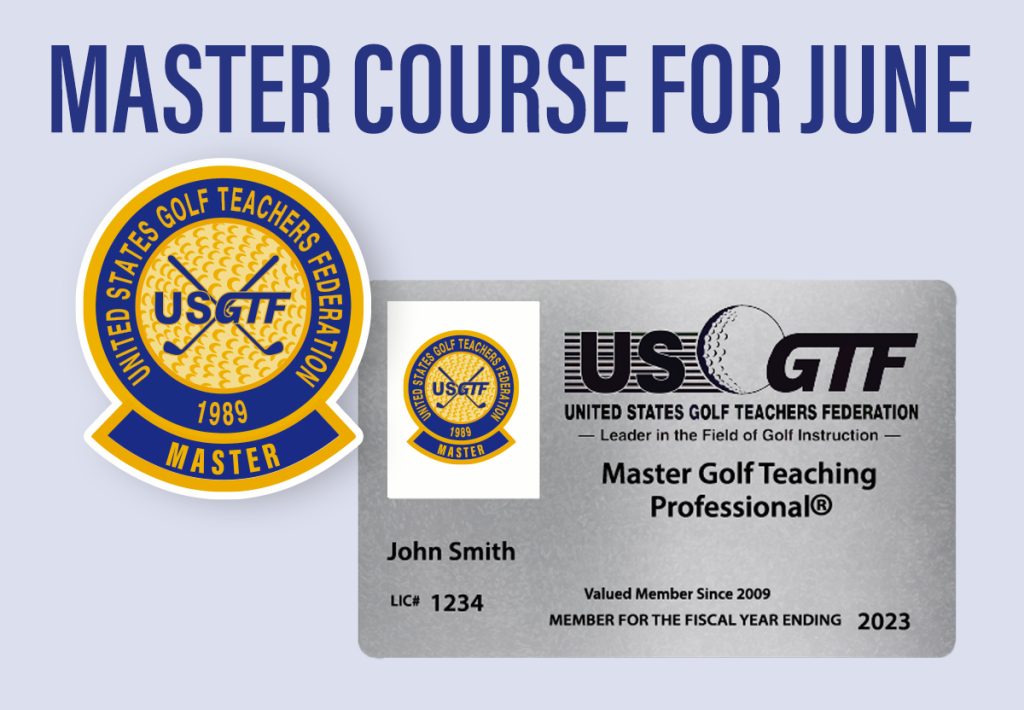– THE IMPACT OF A PARENT’S DEATH ON TOP ATHLETES – TIGER WOODS WITHDRAWS FROM HIS SIGNATURE EVENT AS HE PROCESSES DEATH OF HIS MOTHER –

Tiger Woods recently lost his mother, Kultida, shortly before the start of the Genesis Invitational, for which he serves as the host. He withdrew from the event as he was still processing her death, according to Woods.
You might recall that before the 2006 U.S. Open at Winged Foot, Woods’ father Earl had passed away shortly before that event. Woods’ mind was really never there and he missed the cut. However, he came back strong the next month to win The Open at Royal Liverpool.
Athletes process their parents’ deaths in many ways. Football player Brett Favre lost his father to an unexpected heart attack on a Sunday and had a football game scheduled for Monday night. Not only did he play, he played in spectacular form with his father serving as his inspiration. Favre said, “I wanted to play better than I’ve ever played before.”
The difference in mindset between Woods and Favre has many factors to consider such as faith, personal philosophy, upbringing, etc. One big difference is that Woods plays an individual sport where Favre played a team game, and the latter had many people counting on him, although undoubtedly his teammates would have understood had he not played. In Woods’ case, he said he knew his mother would have wanted him to play the Genesis, but his heart wasn’t in it.
Just like “normal” people, athletes are human with families. How they process their parents’ deaths during their playing season is a matter of personal choice and should be respected by all.




